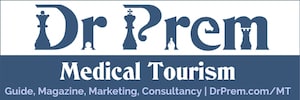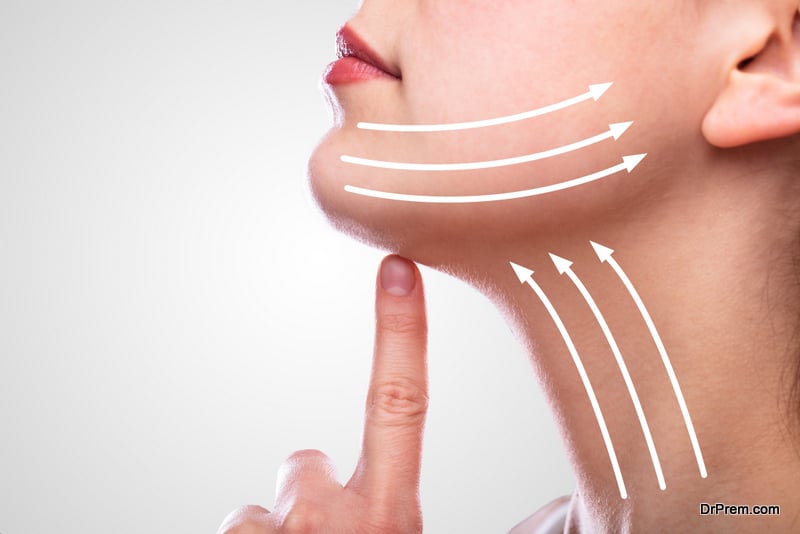Definition:
- Face lift or rhytidectomy refers to a form of plastic surgery performed to get rid of facial wrinkles, sagging skin and fat deposits and to tighten muscle tissue or erase other signs of aging.
- The Facelift surgery can be combined with other procedures like eyelid surgery (blepharoplasty) or forehead lift (brow lift). Patients in the 40 to 70 age bracket, showing marked signs of facial aging but still maintaining some skin elasticity, are considered as good candidates for facelift surgery.
Details of procedure:
The surgery is performed to treat signs of aging such as:
- Drooping or sagging of facial skin.
- Excess fats and folds deposited around the neck.
- Visible deep creases between the nose and mouth.
- Jowly and slack jaw line.
Facts and Figures:
- Eugen Holländer was the first surgeon to perform facelift surgery in Berlin.
- The modern, innovative surgical technique of facelift was first described by Skoog.
- Facelift is one of the most commonly performed plastic surgery procedures on the head and neck.
- According to recent statistics from the American Society for Aesthetic Plastic Surgery, facelifts were the sixth most popular cosmetic surgery performed in the year 2008
Advantages & Disadvantages:
Advantages:
- Facelift, by restoring an attractive facial contour, makes a person look and feel younger resulting in boosted self –confidence.
- Most patients are satisfied with the results of facelift surgery.
- The modern facelift surgery provides a long lasting youthful appearance; results last for approximately 10 years.
Disadvantages:
- Facelift alone may not give the desired results, as wrinkles around the mouth and eyes may not benefit from the surgery. To completely eradicate them one may need to undergo procedures like blepharoplasty, chemical peel, or dermabrasion.
- Results not up to expectation with abnormal facial contour.
- Unwanted scarring
Risks and Complications:
- Reaction to anaesthesia or medication.
- Bleeding
- Infection
- Heart problems
- Attached earlobe
- Skin blistering and possible loss of side burns.
- Facial weakness or paralysis
- Numbness
- Irregularities and tightness of facial skin
Pre-operative and Post-operative care:
Pre-operative preparation:
- Consultation with surgeon to receive a list of medicines to be taken or discontinued.
- Inform the surgeon about any allergies related to food, drug or environmental elements as well as smoking and alcohol consumption patterns—stop smoking.
- Medical tourists are advised to select a comfortable hotel room equipped with handicapped facilities, close to the hospital, after discharge.
- Physical examination.
- Arrangements for leave from work, help at home, help with driving, and for post operative recovery period.
- Pack a supply of comfortable, easy to wear clothes.
- Do not eat or drink anything after midnight the night before surgery
Post-operative preparation:
- After the surgery face will be wrapped in gauze to reduce bruising, swelling and to control bleeding. A surgical drainage tube will also be placed which can be removed within 1-2 days following surgery.
- Patients need to keep their head raised for the first few days after the surgery to reduce swelling.
- Ice packs for the first few days can help to reduce swelling and lower the risk of hematoma.
- Five days after the procedure, stitches or clips and bandages are removed. The puffiness and bruised feeling will subside within 4-6 weeks of the procedure.
- Most patients can return to work and limited activities within two weeks of the procedure.
Do’s, Don’ts and Precautions
- Do not smoke.
- Do not exercise for 2 to 3 weeks.
- Do wear a minimum of SPF15 sun block for the first 6 months.
- Limit sun exposure for several months.
- Avoid steam baths and saunas for several weeks.
- Avoid strenuous activity for 2-3 weeks.






